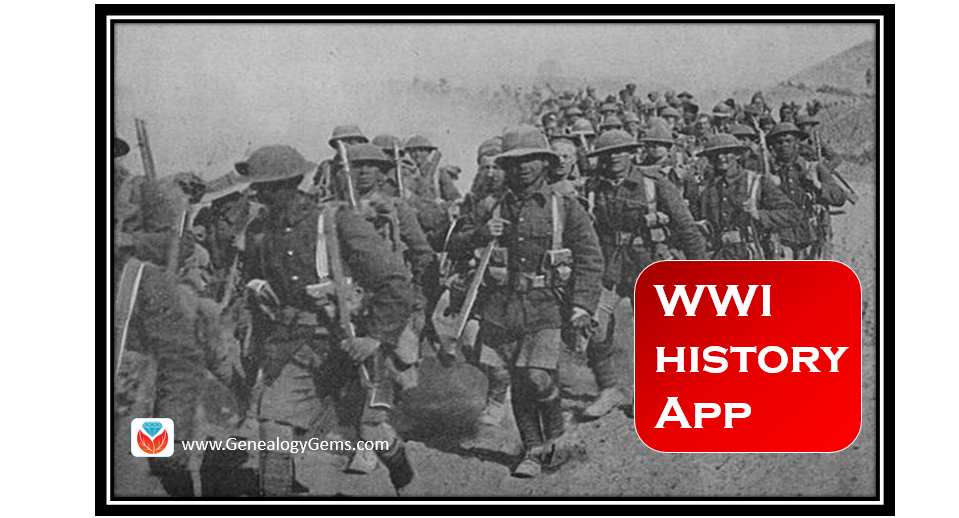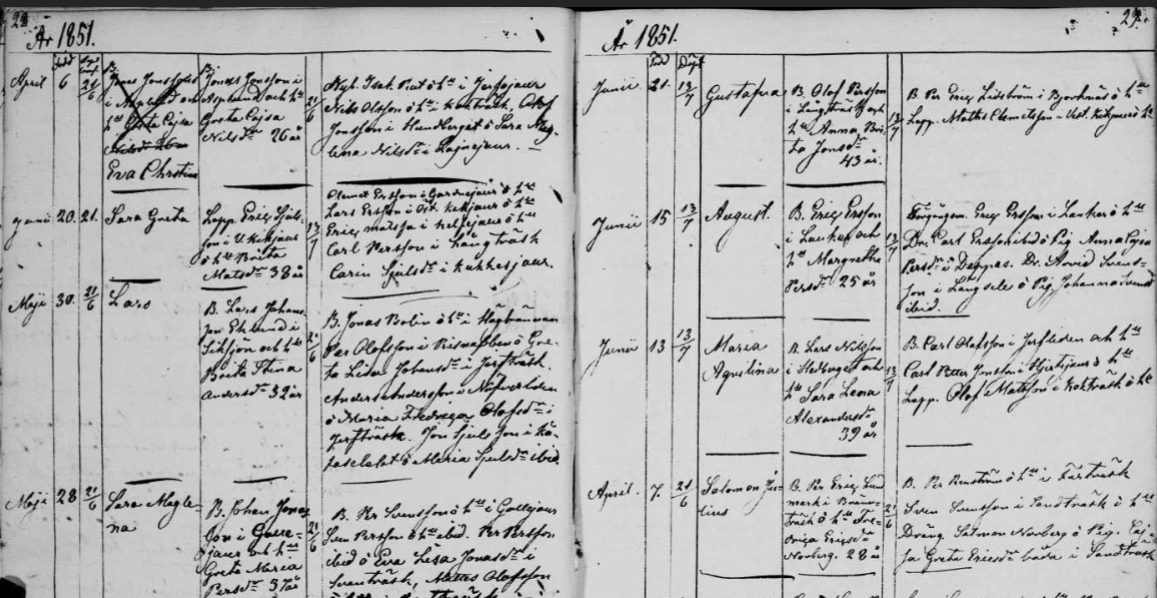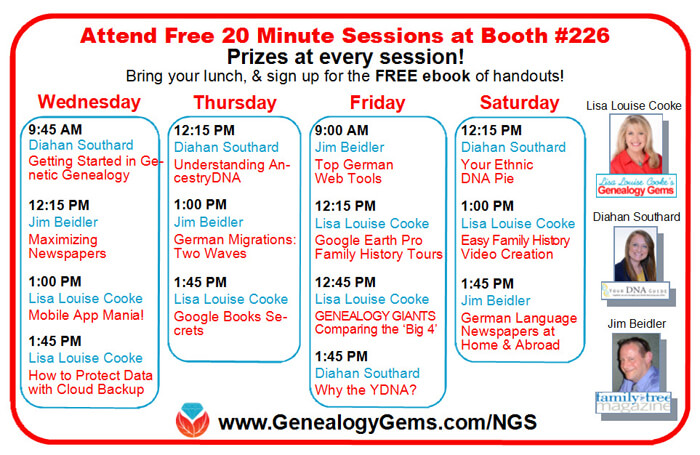WWI History App in New and Updated Genealogical Collections
A WWI history app for genealogy leads our top picks for this week! History buffs are going to love Remembering WWI, an app that makes your WWI family history come alive. Also in this week’s new and updated genealogical collections, Swedish church records, Canadian marriage records, Pennsylvania naturalizations, and more.

WWI History for Genealogy
The National Archives has launched Remembering WWI, a free app for iPad and Android. It is especially geared for young people, but with an ability to explore, collaborate, and engage with NARA’s extensive collection of WWI photographs, it’s for any history buff. The app commemorates the 100-year anniversary, in April 2017, of the U.S. entry into World War.
It is now available in the iTunes and Google Play stores.
What is even more interesting about this app is how it invites people nationwide to contribute their own stories. You can create your own collections and build and share new narratives around the people, events, and themes you are researching.
Sweden – Norrbotten & Kopparberg – Church Records

Church Records in Swedish Collections at FamilySearch
Also this week at FamilySearch, Sweden, Norrbotten Church Records, 1612-1923; index 1658-1860 has been updated. You will note the large year span in this collections coverage. Because of this, records will vary. Generally speaking, you will find church records include births, marriages, and deaths and also images to clerical surveys, registers of birth, marriage, death, move-in and move-out lists, confirmations, and church accounts.
Church records are particularly helpful when searching pre-civil registration time frames or when there has been loss or damage to the civil records you need.
In particular, these collections contain household examination records. A household examination record is filled with genealogical data and some other unusual statistics. Information may include:
- The name of the farm, village, or rote (registration area).
- Names of household members including any pigor (female workers) or drängar (male workers)
- Birthplace
- Birth date or age
- A score for catechism knowledge
- Dates of partaking communion
- Dates of participation with the Household Examination
- Moving information
- Death date
- Marriage date
- Disciplinary notes
- Vaccination against smallpox
- Reference to military conscription
Sweden, Kopparberg Church Records, 1604-1900; index 1628-1860 was also updated.
Canada – Ontario – Marriage Registers
The Ontario, County Marriage Registers 1858-1869 at FamilySearch have also been updated. These records contain an index and images of marriages. There are some records that actually date prior to 1858 and after 1869, so be sure to check the collection thoroughly.
These marriage records will generally include the following information:
- Name of groom
- Name and maiden name of bride
- Age of groom and bride at marriage
- Names of groom’s parents and bride’s parents
- Place and date of marriage
- Names of witnesses or possible relatives
United States – New Hampshire – Civil War Service & Pension Records
The New Hampshire, Civil War Service and Pension Records, 1861-1866 are now available at FamilySearch and have been recently updated. The collection includes both an index and images of Civil War enlistment papers, muster rolls of New Hampshire Regiments, and pension records.
The pension records are arranged by town with indexes arranged by name and town. The enlistment papers are arranged by military unit, volume, and year range. The muster rolls are arranged by unit name and folder number.
Pension papers can often be used as substitute records for vital information such as birth, marriage, and death. Additional information may include birth place, occupation, and a physical description.
United States – Alaska – Vital Records
Though a rather small collection with only just over 80,000 records, the Alaska, Vital Records, 1816-1959 may be just what you need. These records include both an index and digital images of birth, marriage, death, and divorce records from Alaska covering the years of 1816-1959. This collection is being published as images become available.
United States – Pennsylvania – Petitions for Naturalization
Pennsylvania, Eastern District Petitions for Naturalization, 1795-1931 at FamilySearch continues to grow. Now up to over 300,000 records, the collection will offer naturalization petitions for the U.S. District Court for the Eastern district of Pennsylvania for the years 1795 to 1931. The records corresponds to NARA publication M1522 part of Record Group 21 Records of District Courts of the United States.
Naturalization papers are an important source of information about an immigrant’s nation of origin, his or her foreign and “Americanized” names, residence, and date of arrival. It is important to note that naturalization changed over time and information will vary greatly.



 Lastly, Findmypast has been adding to their over 4 million
Lastly, Findmypast has been adding to their over 4 million 

 these sessions have been standing-room-only at recent conferences, this year we have created a brand new Genealogy Gems Theater with MORE room to sit and enjoy each session. When you attend, you can sign up for a free e-book with all the session handouts and enter to win a fabulous grand prize, too.
these sessions have been standing-room-only at recent conferences, this year we have created a brand new Genealogy Gems Theater with MORE room to sit and enjoy each session. When you attend, you can sign up for a free e-book with all the session handouts and enter to win a fabulous grand prize, too.

